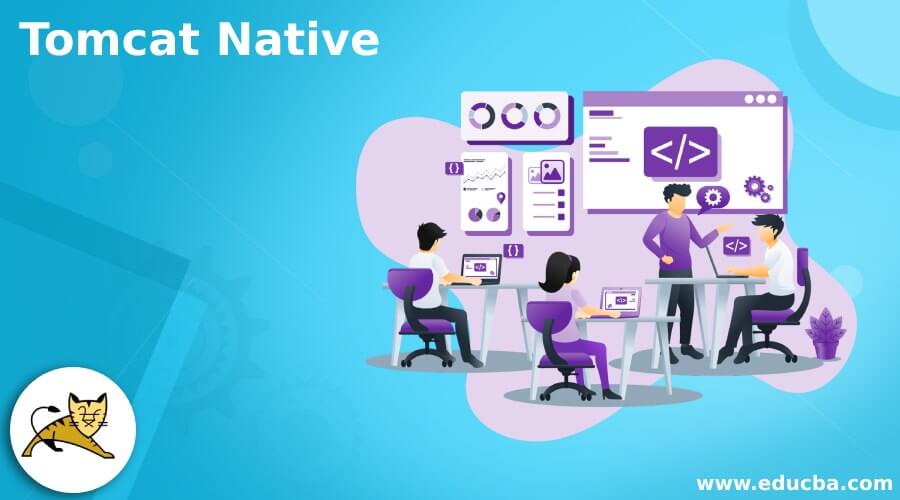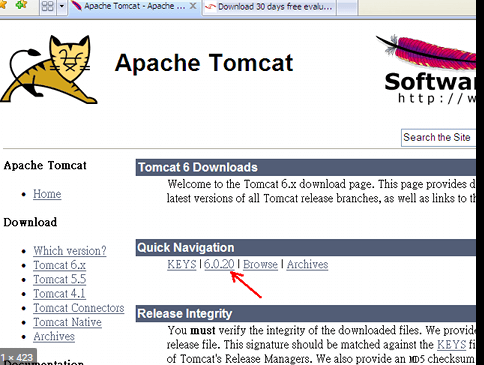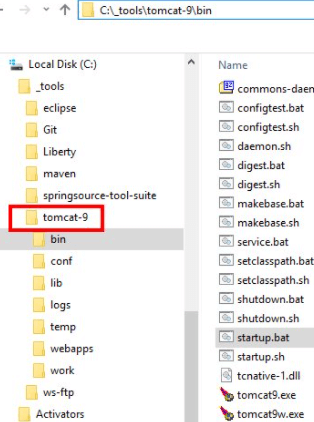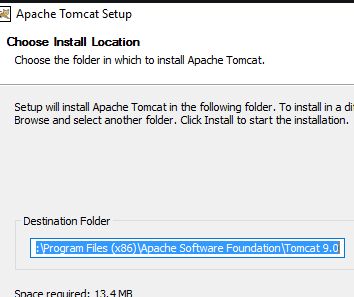Introduction to Tomcat Native
The Apache Tomcat Native is a component that uses certain resources for effective compatibility and performance. It gives access to the portable library, APR, and has a network connection with the random-number generator. The Tomcat Native is mostly used in web servers. For example, Konakart, a shopping cart application based on Java, is executed in Tomcat and uses SOAP and Java API as a web service interface. As it is available as an open-source, Tomcat is adapted by abundant developers, and the distributions include an enterprise-ready server, SpringSource. Hence, Tomcat’s properties, applications, and features are briefly discussed in this article.
What is Tomcat Native?
Tomcat Native is available as open-source, which has a Java server page container and Java servlet where the developers implement multiple arrays of Enterprise Java applications. It is also executed on an HTTP web server where the Java code is executed. It has a broad range of applications that relies on SOAP and API web service interface. The Tomcat project is the collaboration of the best developers, and its critical web application lies on a large scale and is used across the globe.
Using Tomcat Native
If the user wants to use Apache Tomcat for a production environment, first, he should use the native library of Tomcat to have efficient optimization. Then, it should be executed on AWS EC2 instances, but most of the time on the Linux systems.
Suppose the user is login to the Amazon box and can change the login to root and directory where the tomcat instance needs to be installed. The tomcat can be executed according to the preference of the user. Then download the Apache Tomcat package and install it. The extract the source code from the directory of the bin.
Startup of Tomcat Native
The configuration of Tomcat has the same advantage as secure sockets when executed on the individual web server. When executing the primary Tomcat as JSP or servlet container behind the webserver like Microsoft IIS or Apache, it is mandatory to configure that primary web server to manage the connection of SSL from users. The server can work on all the functionalities of SSL and requests to reach the container of the Tomcat to decrypt it.
Tomcat will execute a response on cleartext encrypted before being executed to the user’s browser. Here the Tomcat is aware of the communication between client and web server on the secure connection but doesn’t engage in decryption or encryption.
Tomcat Native Requirements
The native library needs Apache portable runtime and OpenSSL to feed into the directory known as \opt \software.
- Then install the JDK kit for Java /h2.
- Then various libraries with development tools should be built.
- Then download the package of OpenSSL and install it
- Then download and configure the apache portable runtime (APR)
- Finally, Tomcat Native can be installed to make it work efficiently.
The features of the Apache portable runtime should be Non-blocking input and output to keep the request alive. The APR library should support TLS/SSL or OpenSSL; then FIPS 140-2 should support SSL/TLS and be associated with the OpenSSL library. Then the system should support IPv6, IPv4, and domain sockets of UNIX.
Tomcat Native installation
The final step to making the environment in apache tomcat runtime is to choose the native libraries. Then, add the preferred entries in the config file, which ends with .sh, and a new file can be built if no file is found.
To start the installation on windows, follow the below steps,
If the user executes his installation procedure with the IBM installation manager, he can start the server from the Windows start menu. Or he can initiate the server in the command line console.
If the user configures the Tomcat server as a windows instance, he can begin the service directly.
To initialize the server, choose start, all programs, IBM collaborative lifecycle management, and finally choose team server. If the user initiates the server using the command line, he can compose the installdir/server and execute this command.
To execute the windows service, click start, then computer, and then manage select services in the configuration tab. Then start the tomcat services by clicking on them. To halt the service, follow the same steps and stop the tomcat services by right-clicking.
To halt the server, follow the same steps: choose start, all programs, IBM lifecycle management, and stop the team server. To halt the server from the command line, execute the install-dir/server command.
Then after starting the service, execute the setup by custom setup in the setup configuration wizard.
Tomcat can use the cryptographic protocols which are offered in the production environment. Java also has the cryptographic abilities via JCA and JCE, and the encrypted communication it can provide via JSSE, and its cryptographic algorithm is set to Tomcat. The Sun JCE supports different TLS versions like SSLv3 and TLSv1. The optional tcnative library has the option to use OpenSSL via JSSE, JCA, or JCE. The user can choose tcnative to enable the APR connector, which mainly works on operations based on cryptography.
To install the Tomcat in Unix:
To build the make files where the tc-native are stored, follow the basic commands
$ HOME / APR is used to find and install the path and package of the Apache portable runtime package.
$ JAVA _ HOME is used as a path for JDK file installation. It should be advised to use the same version of JVM in the Tomcat.
$ HOME / OPENSSL is where all the files for OpenSSL are installed. The $ CATALINA _ HOME is where all the files in libraries that need to be installed are saved.
Conclusion
Hence this is basic information about Tomcat Native, and its installation steps are also quite easy. The features, usability, and efficacy of Tomcat Native are completely utilized in Java applications which are used prominently.
Recommended Articles
This is a guide to Tomcat Native. Here we discuss the basic information about Tomcat Native, and its installation steps are also quite easy. You may also have a look at the following articles to learn more –






